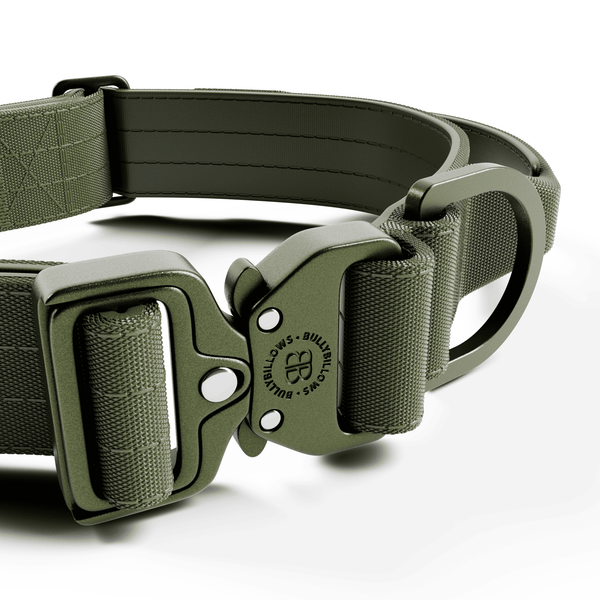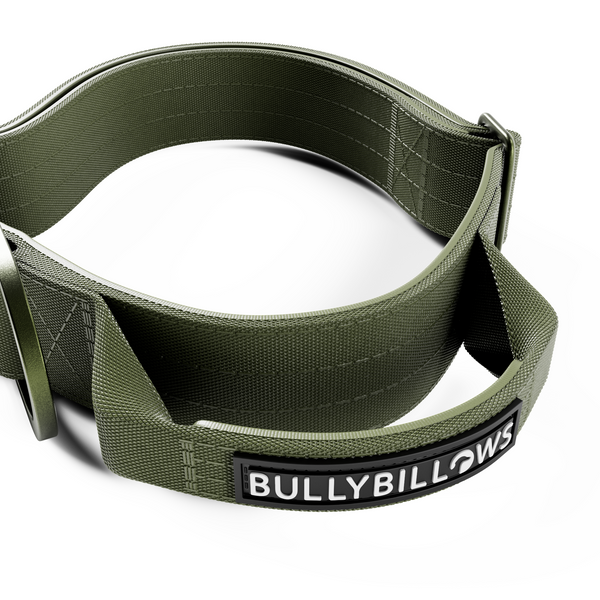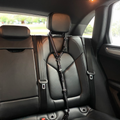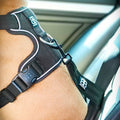Dogs are the most loyal companions for humans, and they can help people with disabilities to become more independent - including those with autism.
Recent studies have shown that kids with Autism Spectrum Condition (ASC) share a unique bond with furry friends. From stress management to boosting the child’s confidence, pet dogs can largely assist families with autistic children.
In this post, we have listed seven ways a dog can benefit both children and adults with autism.
1. Social interaction
People with autism often face difficulty in socializing normally, however the presence of a dog can make people more approachable to their peers. The trained dogs can help especially children engage more in social activity.
2. Behaviour modification
Dogs can be very helpful in playing with children who tend to wander away. Also, dogs can alert the parents when the child is beginning to approach an area that may endanger the child’s life. They can stop a child’s repetitive behaviour by nudging the child. Thus, the trained dogs can provide a sense of security to both the child and the parents.
3. A loving companion
Everyone needs to feel loved sometimes and dogs can offer this with constant companionship and unconditional love. Dogs can listen to your secrets, offer friendship and help reduce your blood pressure in the event you feel stressed and angered. Playing with them can take your mind away from stressful situations.
4. Emotional calming
Dogs can provide calming influence on those who are prone to outbursts and tantrums. In return, your constant presence can have the same effect on the dog as well. A long nice walk with your dog can make you feel happier and less stressed as well as enhances your physical fitness.
5. Seizure detection
Dogs are trained to predict the onset of a seizure and alert the parent or guardian. This ability of dogs can help children with autism feel safe in the event of one of these attacks.
6. Enhances safety
Services dogs can assist children with autism safety access to different environments. This helps make the children more independent and also manage transitions well, which is usually hard for children with autism.
7. Work as a team
Autism dogs are trained specifically to work as a team. Since the child with autism may not handle all things well, a dog is usually handled with one leash being held by the child and the other by the parent (normally attached to the collar). The dog understands the difference between the two leashes, discriminating between the commands of the handler and the needs of the child.
Choosing an assistance dog
Not all dogs are trained to handle all of the above tasks, it’s essential that you inform the trainer of all your needs. Keep in mind that a younger dog that has been recently trained holds a better chance of developing a good bond with the owner.
The challenges faced by those with autism are difficult to navigate, however, a trained companion could be a great help reducing the stress and pain.
Bringing home a dog is a long-term commitment and taking care of them is also equally important. Make sure to buy quality dog products to keep them safe. Visit our website to get necessary dog supplies at affordable prices.































































